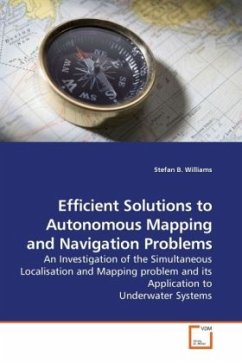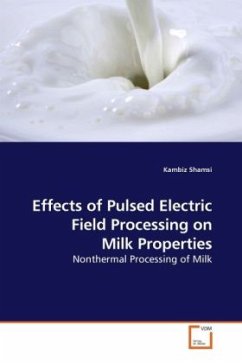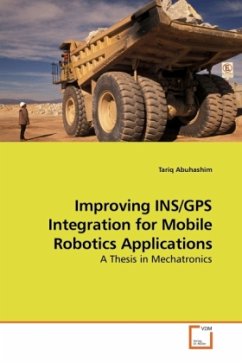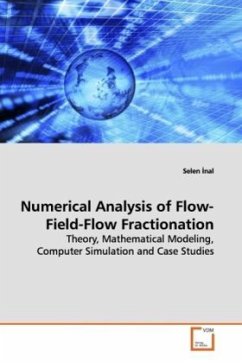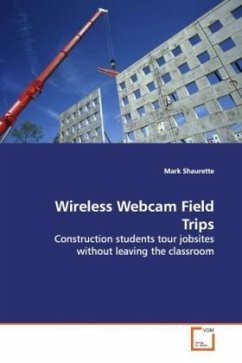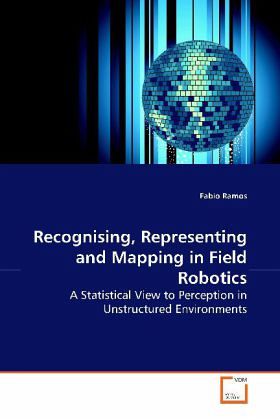
Recognising, Representing and Mapping in Field Robotics
A Statistical View to Perception in Unstructured Environments
Versandkostenfrei!
Versandfertig in 6-10 Tagen
52,99 €
inkl. MwSt.

PAYBACK Punkte
26 °P sammeln!
The problem of building statistical models formulti-sensor perception in unstructured outdoor environments isaddressed in this book. The perception problem is divided intothree distinct tasks: recognition, representation and association.Recognition is cast as a statistical classification problem whereinputs are images or a combination of images and ranging information.Given the complexity and variability of natural environments,the use of Bayesian statistics and supervised dimensionalityreduction to incorporate prior information and to fuse sensorydata are investigated. This book presents tech...
The problem of building statistical models for
multi-sensor
perception in unstructured outdoor environments is
addressed in
this book. The perception problem is divided into
three distinct
tasks: recognition, representation and association.
Recognition is
cast as a statistical classification problem where
inputs are images
or a combination of images and ranging information.
Given the
complexity and variability of natural environments,
the use of
Bayesian statistics and supervised dimensionality
reduction to
incorporate prior information and to fuse sensory
data are
investigated. This book presents techniques for
combining non-
linear dimensionality reduction with parametric
learning through
Expectation Maximisation to build general and compact
representations of natural features. The robustness
of localisation
and mapping algorithms is directly related to
reliable data
association. A newdata association algorithm
incorporating visual
and geometric information is proposed to improve the
reliability of
this task. The method uses a compact probabilistic
representation of
objects to fuse visual and geometric information for
the association
decision.
multi-sensor
perception in unstructured outdoor environments is
addressed in
this book. The perception problem is divided into
three distinct
tasks: recognition, representation and association.
Recognition is
cast as a statistical classification problem where
inputs are images
or a combination of images and ranging information.
Given the
complexity and variability of natural environments,
the use of
Bayesian statistics and supervised dimensionality
reduction to
incorporate prior information and to fuse sensory
data are
investigated. This book presents techniques for
combining non-
linear dimensionality reduction with parametric
learning through
Expectation Maximisation to build general and compact
representations of natural features. The robustness
of localisation
and mapping algorithms is directly related to
reliable data
association. A newdata association algorithm
incorporating visual
and geometric information is proposed to improve the
reliability of
this task. The method uses a compact probabilistic
representation of
objects to fuse visual and geometric information for
the association
decision.



